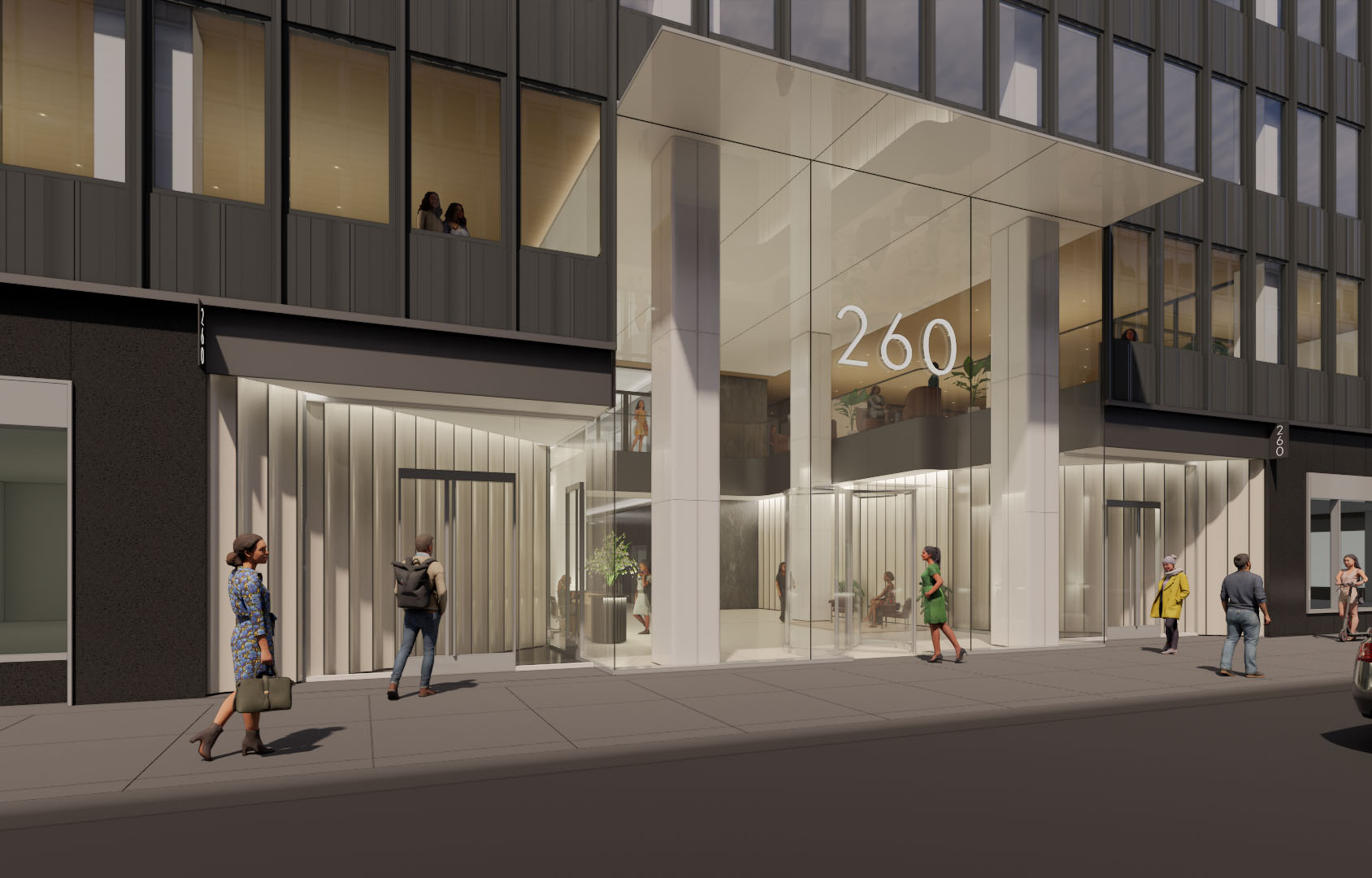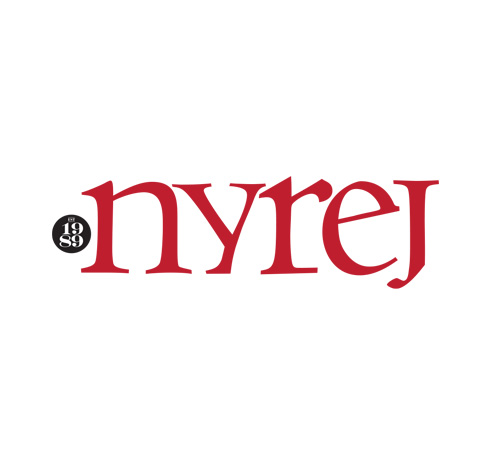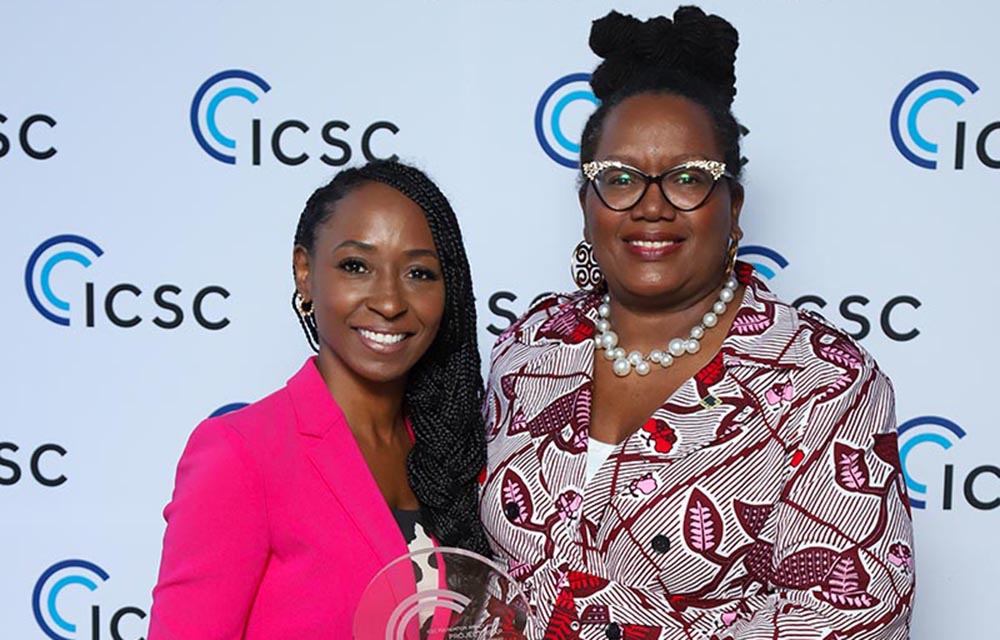Strong self storage sales momentum continues into Q 3-4 for 2022 - by Nick Malagisi

By The Numbers
By all accounts, calendar year 2021 was the most prolific year ever for self storage sales.
The first half of 2021 set the pace with $6 billion+ in sales, or almost the total sales volume recorded for both calendar years 2020 and 2019. However, several portfolio sales—including the $3 billion sale of the Manhattan Self Storage portfolio alone, pushed the 2021 year-end sales to an astounding $19.5 billion.
According to CoStar Analytics, the average cap rate for 2021 was 5.7%; the average sale per s/f was $156; the average sale was $6.6 million and the average size facility was 41,700 net rentable s/f (NRSF) (only). I’ve used the term “only” because the average size facility being built today as “class A” type properties is in the 60-80,000 NRSF size. CoStar records sales of all types and sizes of self storage facilities from “Mom & Pop” size facilities to larger institutional grade facilities.
If we were to review the purchases of the five public REITs in our industry for 2021, as I have done each of the past 5-6 years for our annual NYSSA Investment Forum event in New York City, then the average size sale is about double the average sale at $12 million and average size facility of 70,000 NRSF.
Ok, so what do all these numbers mean? In my opinion, income producing investment assets are high in demand and self storage, in particular, has become an increasingly more sought after asset, both the “Mom & Pop” and institutional grade facilities. There are many reasons for that:
- Self storage has proven to generally be a recession-resistant asset during down market/pandemic times;
- Demand for units has never been stronger, as evidenced by the occupancies of the public REITS are at an all-time high; and
- New development activity has moderated recently in part because of the increasing cost of debt to finance the development of projects including the rise in the cost of money and lowering of the loan to cost ratio by the banks in anticipation of a pending recession.
Our experience in working through past similar financial climates is that the institutional buyers already have their cost of capital funds/debt & equity computed into their underwriting. Therefore, it is anticipated that the class A assets will still be trading in the lower end of the spectrum on cap rates while those buyers needing bank financing will be underwriting at higher cap rates, unless they have a value-add situation in better, more sophisticated management and/or expansion of the asset’s footprint.
As concerns about a recession loom, interest rates rise, and inflation persists, the macroeconomic environment looks very different for the self storage industry than it did even just six months ago. Despite all of that, self storage sales momentum has continued in the second half of 2022.
Nick Malagisi, SIOR, is national director, self storage at SVN, Buffalo, N.Y.
AmTrustRE completes $211m acquisition of 260 Madison Ave.


Behind the post: Why reels, stories, and shorts work for CRE (and how to use them) - by Kimberly Zar Bloorian

Lasting effects of eminent domain on commercial development - by Sebastian Jablonski

Strategic pause - by Shallini Mehra and Chirag Doshi









.jpg)
.gif)
.gif)